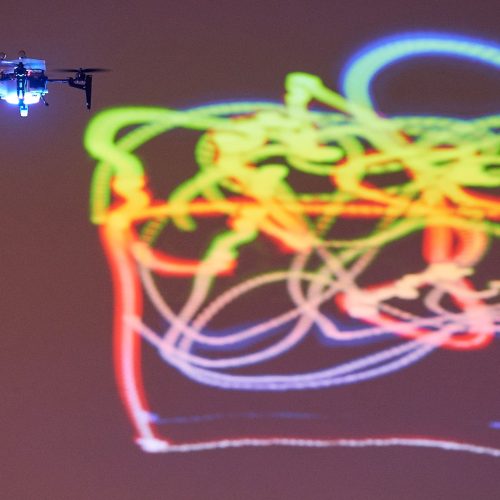The Future Ink Project is a collaborative research project between Wacom and Ars Electronica Futurelab to explore the future of creativity from all aspects of ink. As the world’s leader in pen tablets, interactive pen displays, and digital interface technologies, Wacom brings people and technology closer together through natural, intuitive interface solutions. Through the joint research, started in 2020, we find questions and develop prototypes that help us envision the future of creativity.
The latest addition to Future Ink is Life Ink, presented in 2022. It revolves around the concept of “Sparks”, and the question: Can mind and body generate ink? For the project, brainwaves and body signals are captured in real time to create a new form of ink: Life Ink. It is able to express our emotions and the creative moment, the creative spark, in a completely new way.
The journey to Future Ink started in 2020 with the creative question – Where is My Soul? When we experience the artwork and performance of artists as they pour their life, emotion, passion, and energy into that one special moment, we are deeply moved and inspired in ways that we cannot explain. What moves our soul? How is the soul expressed and received? As the first step, the joint team developed a Space Ink prototype to envision a world where we can draw in any space with a pen.
In 2021, we continued to find the soul under the concept of “Noise”. In the current digital society, we use various digital tools to express ourselves creatively. When we use these tools, a lot of data is filtered and removed as noise, and only part of the data is used as the signal. So, are we losing important information through digitization? How do we define signal and noise? Can noise be art? And in the natural world, is human the noise? These questions were explored from three diverse perspectives: In part two of Space Ink around the topic of “Space and Noise,” we painted with drones as an equal partner. In AI Ink around “AI and Noise,” we explored the soul in music composed by artificial intelligence. In Bio Ink around “Biology and Noise,” we created artworks with living ink that grow freely — co-creation with other organisms and nature.
Life Ink
Can mind and body generate ink?
Life Ink captures brainwaves and body signals in real time to create a new form of ink, called Life Ink, expressing our creative moments in a completely new form.
 Life Ink in a performance by pianist Maki Namekawa, photo: Jochen Manz / Wacom
Life Ink in a performance by pianist Maki Namekawa, photo: Jochen Manz / Wacom
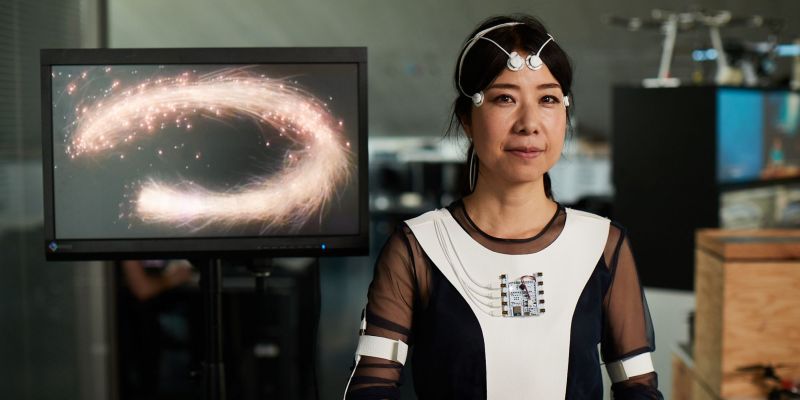 Key Researcher Yoko Shimizu shows her own Life Ink, photo: Jochen Manz / Wacom
Key Researcher Yoko Shimizu shows her own Life Ink, photo: Jochen Manz / Wacom
Bio Ink
Can ink be alive?
In Bio Ink, we bring together biotechnology and digital pen tablet technology to create living ink that grows freely beyond human input. The research explores co-creation with other organisms and nature.
 Biological artwork created with living ink, photo: Yoko Shimizu
Biological artwork created with living ink, photo: Yoko Shimizu
 Bio Ink research team assembles the chemical reaction chamber, photo: Birgit Cakir
Bio Ink research team assembles the chemical reaction chamber, photo: Birgit Cakir
AI Ink
Why does music touch our souls?
In AI Ink, we combine digital pen tablet technology with AI-based music composer to understand the relationship between noise and the “soul” in a machine. Is the soul in the noise, the signal, the music, or ourselves?
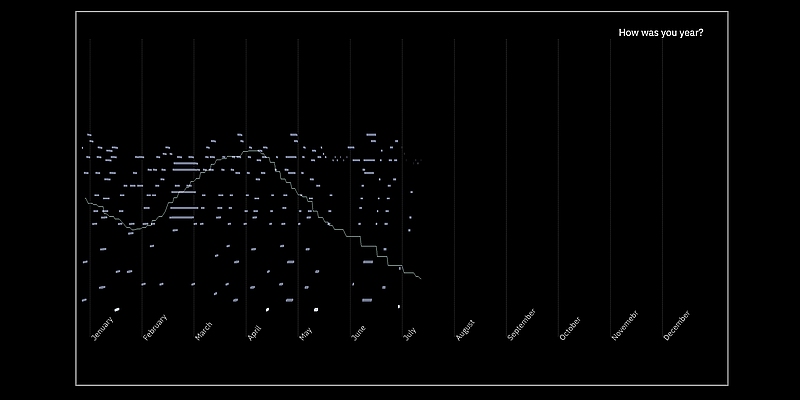 AI Ink prototype screen, image: Ali Nikrang
AI Ink prototype screen, image: Ali Nikrang
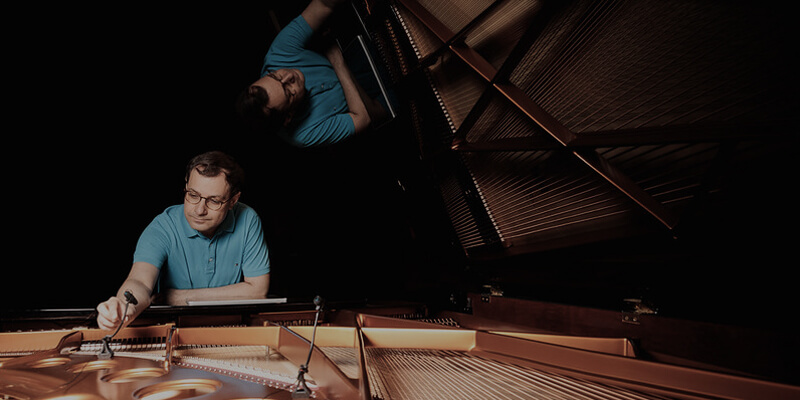 Futurelab researcher Ali Nikrang develops AI-based music technologies, photo: vog.photo
Futurelab researcher Ali Nikrang develops AI-based music technologies, photo: vog.photo
Space Ink
What if we can draw in any space with a pen?
Space Ink combines Wacom’s pen and tablet technology with drones controlled by Ars Electronica Futurelab’s SwarmOS system to envision a future where we can draw in any space with a pen.
 Space Ink performance at the Ars Electronica Futurelab, photo: Wacom
Space Ink performance at the Ars Electronica Futurelab, photo: Wacom
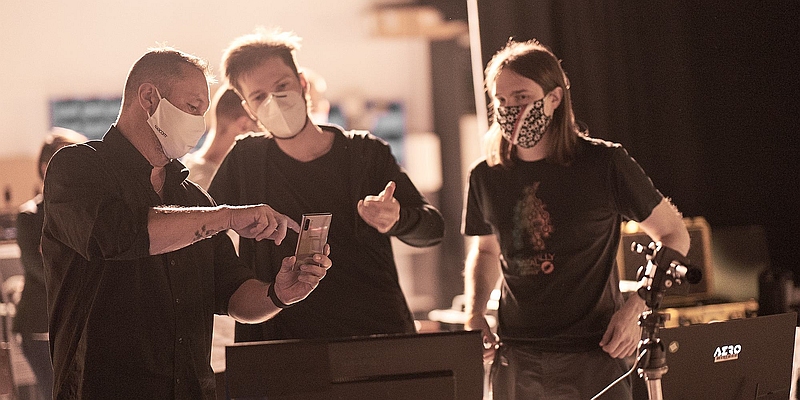 Space Ink research team, photo: Wacom
Space Ink research team, photo: Wacom
Read more about Future Ink on the Ars Electronica Blog:
Wacom: Future ink with Ars Electronica
Wacom: Exploring the Future of Ink with Ars Electronica Futurelab
Credits
Ars Electronica Futurelab: Patrick Berger, Alexandre Bizri, Manuel Dobusch, Samuel Eckl, Horst Hörtner, Peter Holzkorn, Ali Nikrang, Nicolas Naveau, Hideaki Ogawa, Daniel Rammer, Erwin Reitböck, Raphael Elias Schaumburg-Lippe, Simon Schmid, Yoko Shimizu, Georgios Tsampounaris
Ars Electronica Center: Christoph Kremer, Anastasia Bragina
Wacom Co., Ltd.

